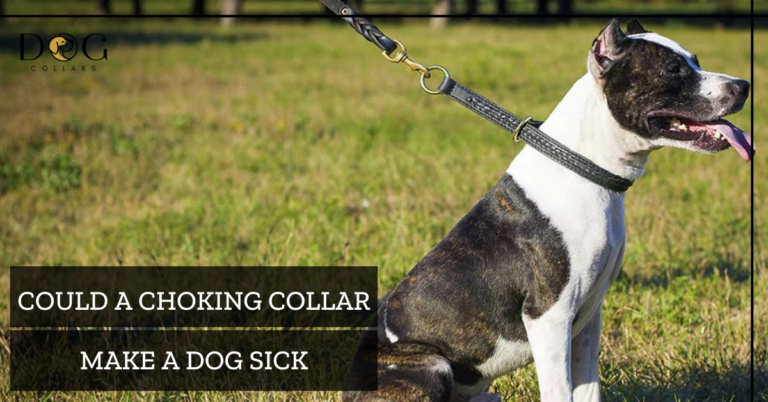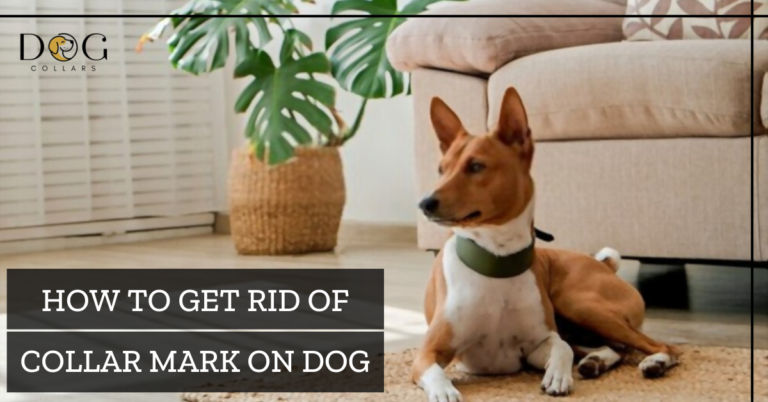How to Train Dog off Leash With Shock Collar – 6 Plain Techniques
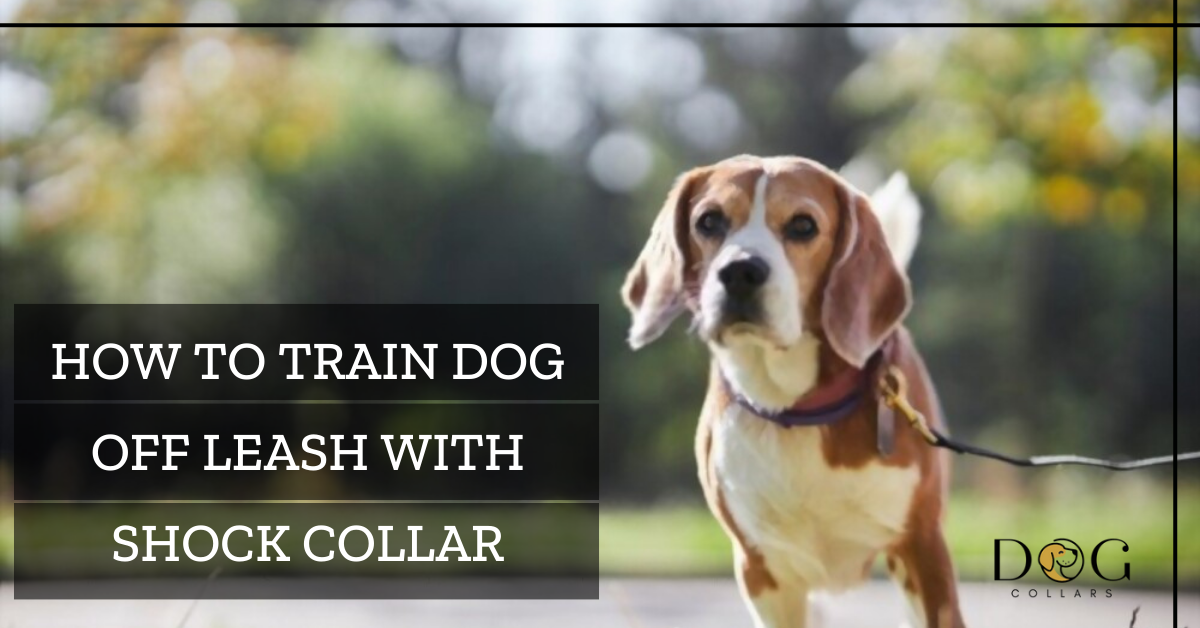
Training dogs with shock collars is a safe and effective way to teach them how to behave without the need for a leash. It’s not only easier on you but also gives your pup more freedom when it comes to exploring new environments.
With the right training, your pup can easily learn commands such as sit, stay, come or go away and will respond immediately. You’ll have peace of mind knowing that no matter what kind of environment or situation your dog may find itself in, he will remain under control.
The American Kennel Club does not support the use of shock collars for training dogs. They advocate for positive reinforcement training methods and discourage the use of aversive training tools, which can harm a dog physically and emotionally. Instead, the AKC recommends using positive reinforcement techniques for off-leash training.
I’ll share some easy steps on how to train dog off-leash with shock collar. Experience the ultimate freedom while keeping your dog under control!
How to train dog off leash with shock collar – Complete Guide
Here are some steps to train your dog off-leash with a shock collar:
1. Introducing The Shock Collar And Its Purpose:
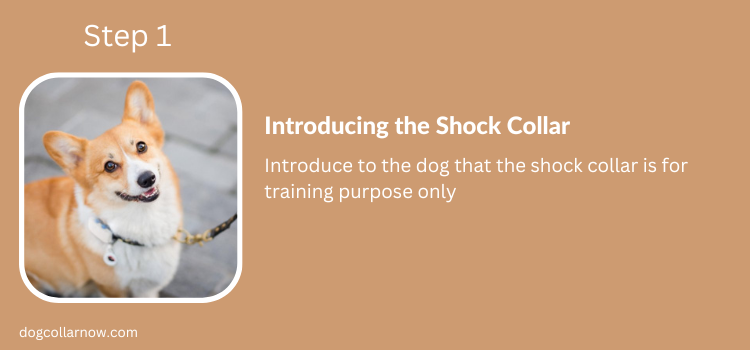
Explain to the dog that the shock collar is for training purposes only. Put the collar on the dog and let them get used to wearing it for a short period while giving treats and praise. The shock collar will be used to deliver a mild shock when the dog disobeys a command or goes out of range during training. The shock is unpleasant but not harmful and meant to deter unwanted behaviours.
2. Understand Your Dog’s Behavior And Learn To Read Their Body Language

Spend time observing your dog’s behaviours, body language and patterns to understand how they learn and respond to training. Look for signs such as ear, tail and eye positions to determine if your dog is alert, anxious, aggressive or obedient. Understanding your dog’s individual traits will help in shaping the appropriate training approach and commands.
3. Establish A Safe Environment For Training

Choose a safe, open space without distractions for training. Keep training sessions short, around 5-10 minutes to prevent your dog from getting bored or frustrated. Have some treats handy for positive reinforcement and keep a calm, encouraging tone of voice. If the dog seems distressed, take a break and try again later.
4. Gradually Introduce The Shock Collar With Positive Reinforcement
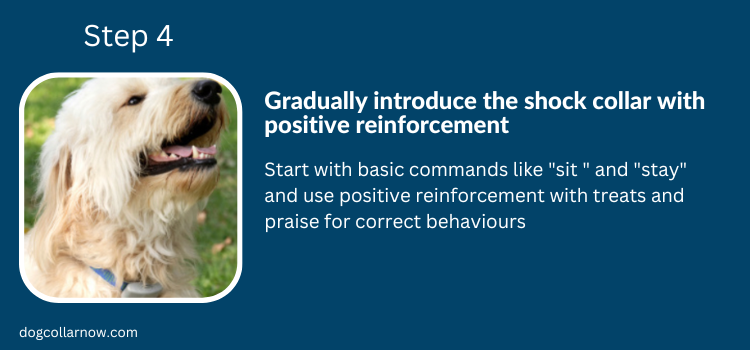
Start with basic commands like ‘sit’ and ‘stay’ and use positive reinforcement with treats and praise for correct behaviours. Once your dog has mastered the basic commands, introduce the shock collar. When they disobey a command or go out of range, activate the shock collar and say “No”, then call them back and reward them for returning to you. Repeat this process during training until they learn to associate the shock with unwanted behaviours and coming when called with rewards.
5. Build Trust Between You Both Through Consistent Training Sessions
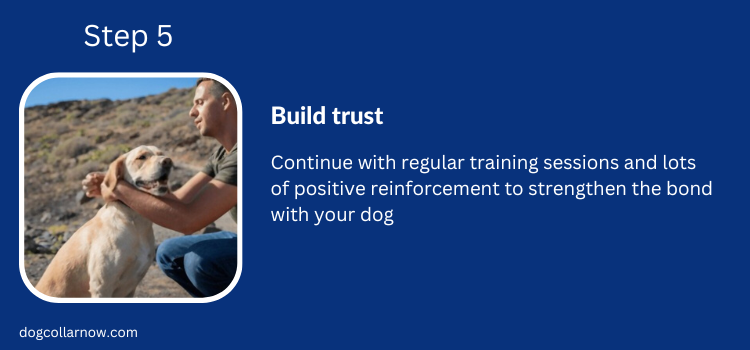
Continue with regular training sessions and lots of positive reinforcement to strengthen the bond with your dog. As training progresses, slowly increase the intensity of the shock collar to deter more stubborn behaviours. However, the shock level should always be the minimum required and training should focus on rewarding good behaviours. With time and consistency, your dog will learn to behave well off leash.
6. Preventing Unwanted Behaviors With Proper Timing Of Correction Signals

It is important to time the shock collar corrections properly for the dog to associate it with the unwanted behavior. Activate the shock as soon as the dog disobeys a command or goes out of range, then call them back to you. If the correction is delayed, the dog may not understand why they are being shocked and will become confused or distressed. With proper timing and consistency, the dog will learn to behave well to avoid being corrected.
The Benefits And Drawback And Of Off-Leash Training With A Shock Collar
Benefits
Here are some benefits of off-leash training with a shock collar:
- You can keep better control over your dog in public spaces.
- Your dog will learn to obey commands and understand boundaries, even when they are out of range.
- The shock collar is an effective tool for reinforcing positive behaviours and preventing unwanted behaviours.
- You can trust your dog to obey commands and stay in range, even when they are off leash.
- You will build a strong bond with your dog through consistent training sessions and positive reinforcement.
Off-leash training with a shock collar is an effective way to train your dog the right behaviours and keep them safe in public spaces.
Drawbacks
Here are some drawbacks of off-leash training with a shock collar:
- The shock can be painful for some dogs, so it is important to use the minimum level required and avoid abuse.
- Your dog may become anxious or aggressive if they are over corrected.
- The collar may not be effective in long-term training if it is used inconsistently.
- If your dog gets out of range, the shock collar may not work if you are too far away.
- Your dog may become afraid of the shock and associate it with punishment instead of correction.
Off-leash training with a shock collar can be an effective tool for training your dog, but it is important to understand the drawbacks and use it responsibly. Ensure
How To Teach Your Dog Off Leash Recall With An E-Collar
Here are some steps to help you effectively train your dog off leash recall with an e-collar:
- 1. Start by getting your pup used to wearing the collar and having it on. For this, take the collar off when not in use and reward your pup for recognizing it. This will ensure that your pup sees the collar as a positive thing.
- 2. When you are ready to start training, make sure your pup is in a low distraction area with no other pets or people around. This will help keep their focus on you and the task at hand.
- 3. Start by having your pup sit and stay while you walk away from them. As they follow behind you, use the sound of the shock collar to get their attention if needed.
- 4. Once your pup is consistently following you, take it up a notch by having them follow you while you walk in another direction or around obstacles. You may need to use the shock collar again here to ensure they stay focused on you.
- 5. Now it’s time to work on the recall. Have your pup in a sit-stay position and walk away from them without using the shock collar. When they start to follow you, use the sound of the shock collar to get their attention and give them verbal cues for “come” or “here”.
- 6. Once your pup is consistently following you on the recall, it’s time to practice in a more distracting environment. Take your pup somewhere with more people and pets around and start the same steps as before.
- 7. Finally, once your pup has mastered off leash recall with the shock collar, reward them for their hard work! Give lots of praise and treats every time they come back to you!
By following these steps, you should have your pup trained with an e-collar off leash in no time. Be patient with your pup during the process – it can take some time for them to understand what is expected from them. With consistency and dedication, you will be able to have a reliable off leash recall in no time! Good luck!
(Note: E-collar training is not for every pup and it should always be done under the guidance of a professional. Make sure you consult with your veterinarian before starting e-collar training. Additionally, please remember that safety is key – never leave your pup unattended while wearing a shock collar. It is also important to monitor your pup for any signs of discomfort or pain. If you see any signs, stop the training immediately and consult with your vet. Remember – positive reinforcement is always best! )
Conclusion
In conclusion, how to train dog off-leash with shock collar requires a responsible and ethical approach. Off-leash training with a shock collar can be an effective method for training your dog when done correctly.
However, it is important to understand the drawbacks and use the collar responsibly. Follow these steps to train your pup effectively with an e-collar and remember that safety should always come first! With patience and dedication, you will soon have a reliable off leash recall with your pup! Good luck, and have fun training!
FAQs
Why is shock collar training not suitable for all dogs?
Shock collar training is not suitable for all dogs, and should only be used as a last resort. Some dogs may react negatively to the shock and become fearful or aggressive, so it’s important to consult with your veterinarian and use caution when training with a shock collar.
Can shock collar training improve off-leash behaviour?
Yes, when used responsibly, shock collar training can help improve off-leash behaviour. However, it is important to use the collar correctly and consult with a professional before starting the training process. It is also important to remember to reward your pup for their hard work!
Can shock collar training be used for specific behaviour modification?
Yes, shock collar training can be used for specific behaviour modification. It is important to note that this type of training should only be done under the guidance of a professional and with the consent of your veterinarian. Additionally, safety should always come first when using a shock collar – never leave your pup unattended while wearing one!
Why use a shock collar for dog training?
A shock collar can be a useful tool for dog training, particularly if you need to train your pup off-leash. It is important to use the collar correctly and with caution – never leave your pup unattended while wearing one!
Why should positive reinforcement be used in conjunction with shock collar training?
Positive reinforcement should always be used in conjunction with shock collar training. This will help your pup to associate the correct behaviour with rewards, rather than just negative punishment from the shock. Additionally, positive reinforcement will help build a strong bond between you and your pup!

